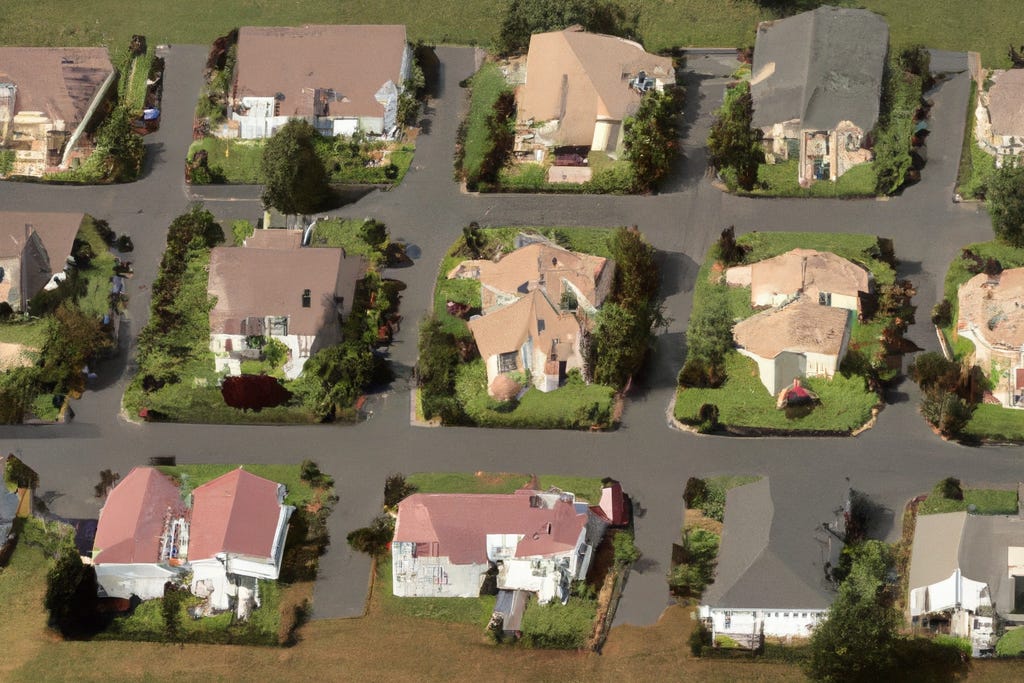🌳 The shriveling frontier of America
The makings of bonsai cities
This newsletter offers deep takes on the intersections between mobility and technology. You can subscribe here:
America is running out of land for housing (link).
Land now accounts for 47% of U.S. home values, estimates Mr. Davis. That is up from 38% in 2012 and less than 20% in the early 1960s. The rising value of land is responsible for almost all of the surge in home values in recent decades, he said.
It seems preposterous: How could a country so rich in space have so little available for people to live on?
The answer lies at the intersection of a few compounding factors
Rules about where & what you can build (zoning + density): A key reason the available pool of land has shrunk is that land needs to be zoned for development. The frontier of America has been closed down through bureaucratic categorization. Beyond this, what can be built in these zones has meant that often only low density housing such as single family homes are permitted. The consequence of reducing space to build and the density of what is built on it is that land markets can’t respond to growth in demand other than through price increases.
The capacity of cities to handle growth (transportation): America is built around cars. But cars have limited throughput (link). As you increase the density of an urban space, you also increase the demands on thoroughfare, and roads quickly max out causing congestion. It’s very hard to correct for this retroactively: Once an urban environment is built, it becomes very challenging add higher throughput modes. Landowners will fight against giving up their property to create the right of way needed. But because it can’t be built, they will also fight against denser housing or new developments, since this imposes a greater burden on roadways.
This combination of regulation and car dependency has created bonsais out American cities, stunted in their growth and absurdly overpriced. This phenomena is most pronounced in coastal cities like San Francisco and LA, but it is becoming more widespread.
This article was first published in the RedBlue Newsletter on October 6, 2022.



